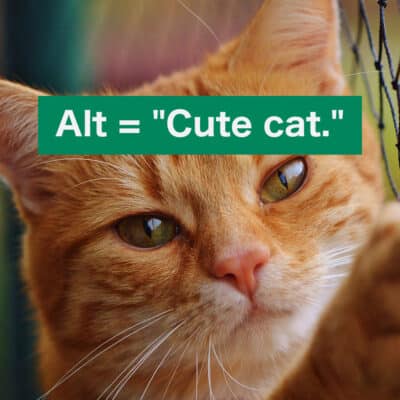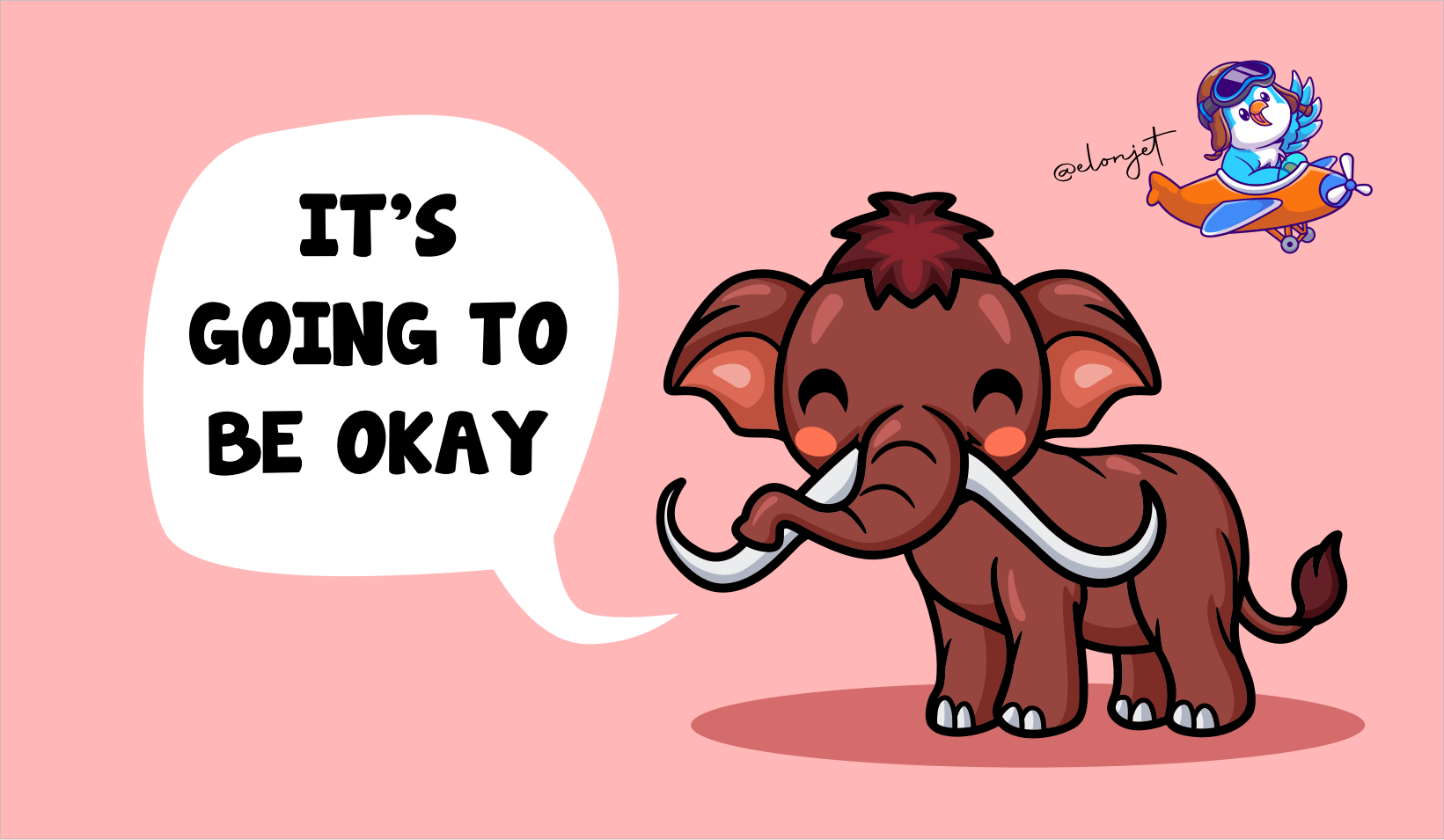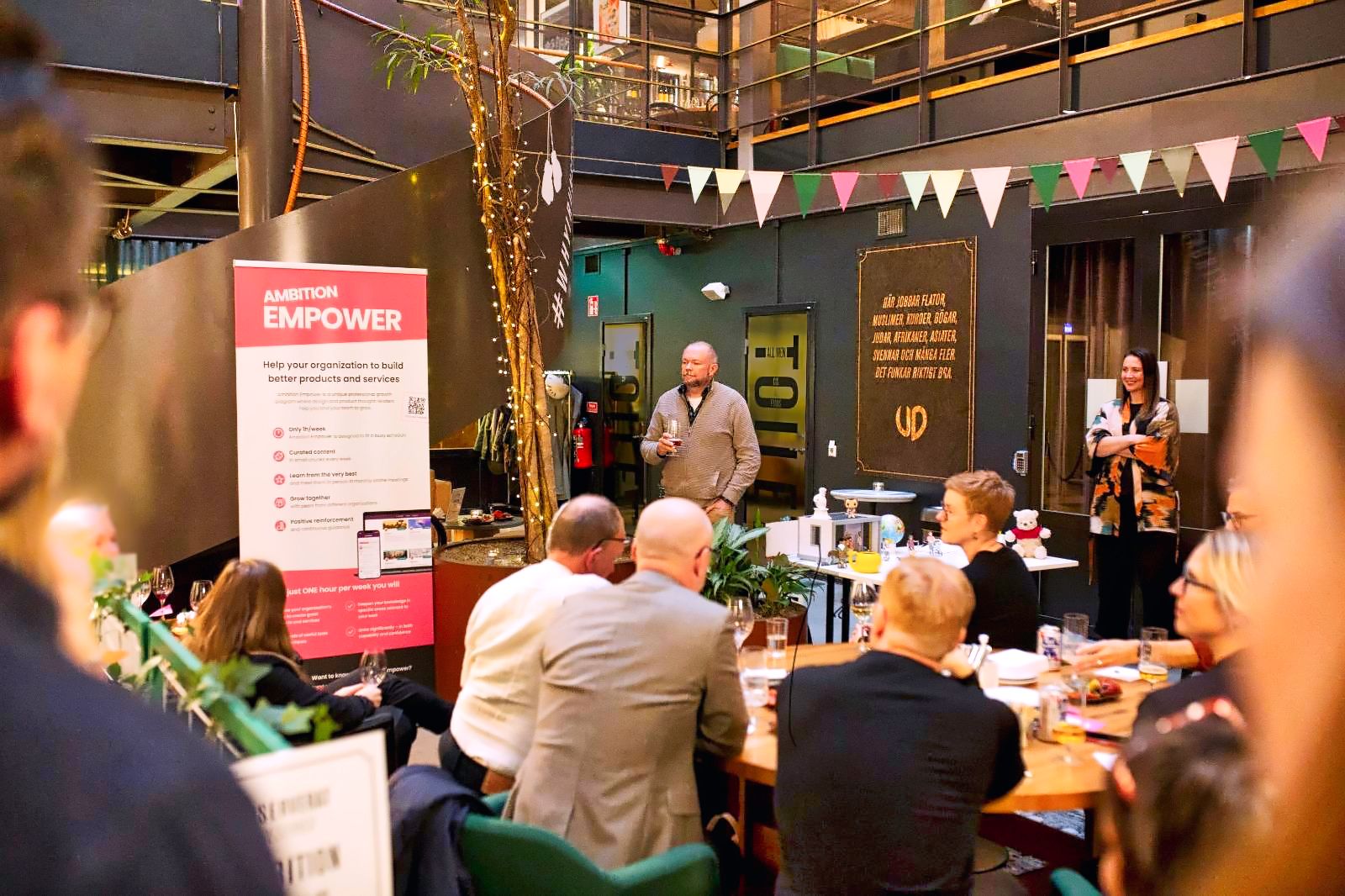

10 quick Mastodon tips
source link: https://axbom.com/mastodon-tips/
Go to the source link to view the article. You can view the picture content, updated content and better typesetting reading experience. If the link is broken, please click the button below to view the snapshot at that time.
There has recently been a huge rush of people trying out Mastodon. This is also noticeable in the number of people reading my earlier Mastodon Guide. I wanted to take this opportunity to provide a brief list of usage tips that I wish I had at hand when first setting up my Mastodon home.
1) Good apps
Metatext or Toot! on iOS and Tusky on Android are oft-recommended apps. One progressive web app (PWA) I've also enjoyed is Pinafore.
Remember it's possible to just use the web interface. You can save the web address of your home instance as a shortcut on your phone. I myself prefer this because it maintains all the features that some apps forget to implement (like setting the language of your toot). It also helps me avoid notifications on my phone.
No account yet? For creating an account, start in a web browser first, before downloading an app. Also, beware of some apps renaming features to something that is unique for that app.
Yes there are "official" apps by the lead Mastodon developers but I rarely see them recommended.
2) Understand the concept of "instance"
You can think of instance as the web address at the end of someone's user name. This is where they signed up and this is where their version of Mastodon is hosted. Examples of instances: mastodon.lol, floss.social, qoto.org, scholar.social
So yes, even if we are all on Mastodon, there are many different "islands" that people call "home".
An instance can be set up for a single person or host tens of thousands of people. When people ask "Are you on Mastodon?", an affirmative answer could mean many different things. Perhaps more relevant is "What instance of Mastodon are you on?"
Note: While members on all instances potentially have the ability to talk to members on all other instances, each instance can choose to block or limit interaction with others. This is up to each instance to decide, and is often in the hands of the admin.

Mastodon instances come in many shapes and sizes, all with more or less clear community guidelines and rules and sign-up constraints.Together they form a part of what is known as the Fediverse (federated social media).
3) Why you (sometimes) can't see someone's full profile
Before an account on another instance is followed by yourself or someone else on your instance very little is shown about it. Think of the account as not having been "fetched" yet, and hence it is unknown to your instance.
In those cases you need to visit people’s web profiles on their own instance to see follows/followers and older posts.
There is usually a link to someone's profile you can click, but for reference the syntax looks like this:
https://instance.address/@username
To follow these "unfetched" accounts, the easiest way is to enter the web address of their profile into the search box in your own home instance, and then click follow in the search result. Now other people on your instance will see that person in the Federated timeline as well.
You can also enter the username in the search box, here is an example of what mine looks like:
4) Timelines and lists
There are three timelines and you can make your own lists.
- Home = the people you follow show up here
- Local = everyone on your instance show up here
- Federated = everyone on your instance plus everyone on other instances followed by someone on your instance. The bigger the instance, the higher the potential for “noise” in this timeline.

Diagram explaining with boxes and arrows how the visibility of a toot is determined. Based on specific variables, it will be determined if a toot is visible in the home, local or federated timeline - or not at all. Diagram concept source.
If you add people to lists then you might say those are additional "timelines" you can look at. Since I follow people in other timezones I for example have a few of those people in a list. This saves me scrolling back in the public timelines to find their toots. Remember, it's all chronological.
5) Controlled posting and post privacy
- Use Content Warning (CW) on posts that can be emotionally taxing or triggering.
- When you select "Followers Only" then your toot will only be visible to followers
- When you select "Unlisted" your toot will be seen by followers and will be visible on your profile, it just won't appear in the timelines
- Want to send a private message? Also known as DM on other platforms. Select the option "Mentioned people only". Only the people you mention in the toot will be able to see it. Toots are not end-to-end encrypted so don't share sensitive information.
6) Moving to another instance
You can move to another instance and keep your followers. Your posts, however, will not carry over to the new account. Also, you can only move if your "old" account still exists.
Use export/import and redirect or move to notify followers.
Moving your account is the same as redirecting your account, but it will also irreversibly force everyone to unfollow your current account and follow your new account, if their software supports the Move activity.
7) Unfollow generously
On Mastodon unfollows make sense because attention to wellbeing is often front and center. Make sure you unfollow if you're not finding value, being overwhelmed or in other ways finding content difficult to process. And yes it's okay to follow and unfollow in the same day.
Conversely, do not take offense when being unfollowed. Appreciate people for doing what makes them feel better.
8) There is no algorithm
Don't like posts to "feed" the algorithm. There is no algorithm at work to give you quick rewards and emotional peaks. Likes have absolutely no effect beyond bookmarking them for yourself and sending a notification to the owner of the toot. It does not make them more visible.
If you want your followers to see a toot, boost it.
9) Consider accessibility
Content warnings (CWs) are a part of accessibility. By putting CWs on your toots you are helping people avoid content that negatively impact their wellbeing.
Another aspect is images. Make sure you add alternative text (Alt-text) for any images you post, to help people with impaired vision enjoy the timelines as well.
For a guide on how to think when describing images I recommend this article by Daniel Göransson:
The third aspect of accessibility is language. If you post in more than one language, like me, you will want to set the language of your toot. This helps screen readers get the language right. And it also makes it possible for people who can not read that language to remove those toots from their timelines if they want.
You can set the language in the web interface (I haven't seen it yet in the apps I've used).
10) Mastodon is not a replacement
Mastodon doesn’t replace “something else” (most significantly the birdsite). It is something else. You are in control to make of it what you want. Don’t be in a rush. Take deep breaths and enjoy how the pace is different.
And maybe, just maybe, some of that friction you're experiencing is actually worth it. 😊
Further reading
More of my posts on Mastodon and Indieweb.
Recommend
About Joyk
Aggregate valuable and interesting links.
Joyk means Joy of geeK




